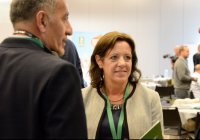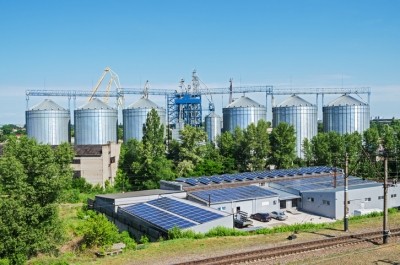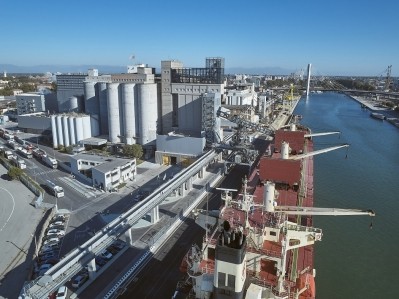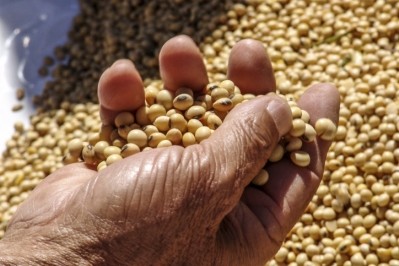Zero deforestation 2020: Are retailers ready to walk the walk in sustainable soy?
FeedNavigator attended the Roundtable on Sustainable Soy's (RTRS) annual, two-day conference in Lille two weeks ago to catch up with some key retail representatives and sustainability experts.
Soy for retail? 'It represents a significant risk in their supply chains'
Belinda Howell, representative for the Retailers' Soy Group, said sustainable soy had been on the agenda for some time.
“The retailers soy group, for example, formed itself in about 2013, so it's been on the agenda at least five years,” Howell told FeedNavigator.
“...For retailers it represents a significant risk in their supply chains particularly if they are sourcing soy, or if their suppliers are sourcing soy from areas of high deforestation.”
Ignacio Galivan, director of environmental sustainability at The Consumer Goods Forum (CGF), said compared to two years ago, the push for sustainability on this “hidden commodity” was much stronger.
“It comes down to the ambition of the companies and their sustainability ethos to go after sustainable sourcing. It is happening, it's increasing – there's more visibility now than 18 months or two years ago."
Sustainable soy – 'there's a lot of momentum being built'
There were, he said, many developments in sustainable soy, including the Cerrado Manifesto, coalitions in Brazil, and the certification space - “there's a lot of momentum being built”.
Because of this, he said it was good the feed industry got “more visibility” and took their space.
“...They are a fundamental link in between retailers who ultimately serve consumers and producers who are in direct contact with the supply chain.”
Retailers and manufacturers did not have control over soy sourcing, he said, because there were a number of layers between them and soy producers. “In between the producers and retailers, the feed industry comes in,” he said.
Annually, around 80% of soy production is used for animal feed, so how do retailers engage with the feed sector?
Retail-feed links? 'Pretty weak, to be honest'
Jonathon Porritt, founder director of Forum for the Future – a UK charity and NGO specialized in promoting sustainable development – said: “At the moment, the links between retailer and the feed industry are pretty weak, to be honest.”

Forum for the Future recently conducted a big study about the negative aspects of feed on climate change and biodiversity, and after bringing results to retail partners were confronted with responses that they couldn't influence producers of the feed directly, all they could do was talk to their direct suppliers.
“So, the links are often pretty tenuous, frankly. There's much less transparency than one might imagine about this. Big retailers are only just now waking up to the fact that consumer awareness might require higher levels of awareness about who produces the feed to produce the animals that they sell in their stores, all of these kinds of complexities.”
Despite the current tenuous links, Porritt said it was an area that “could evolve pretty rapidly”, particularly if industry followed those currently doing a good job in this space.
Feed slant? 'There's a lot of dialogue – that's not the problem'
But, Nick Major, president of the European Feed Manufacturers Federation FEFAC, said for the time being commitments made by retailers had not “translated into actual demand for sustainable soy”.
“...We're not the only ones saying that, if you talk to people both anecdotally and factually, somehow the demand hasn't quite moved on to where we would expect it to be."
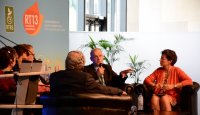
“There is a lot of dialogue, so that's not the problem. The problem is understanding how retail can translate, if you like, their commitments they've made by 2020 or whatever it is, into actual demand.”
For retailers, he said this was pretty straightforward and could be done by including sustainable soy in their purchase specifications but because it hadn't been done, it was obviously more complex than that - “so, we have to understand more about how we can help them do that”.
The conspiracy of cheapness...
Strengthening dialogue and driving commitments towards physical demand for sustainable soy, however, would inevitably turn conversation to cost, entering into what Porritt called the “conspiracy of cheapness”.
The cost of sustainable soy was falling on someone or some part of the supply chain, he said, because they don't just disappear.
“At the moment, retailers are very loathe to suggest to their consumers that they should be paying more for best-practice agriculture.”
